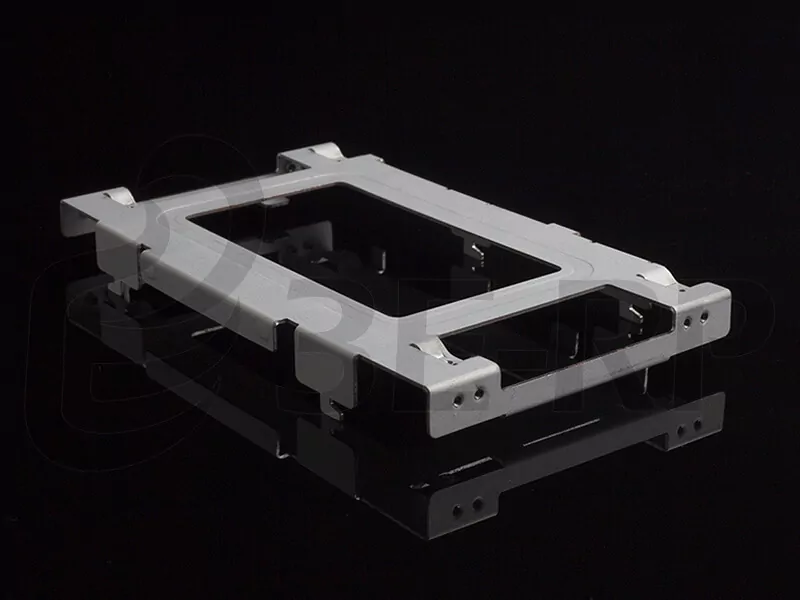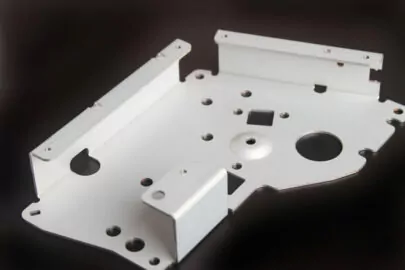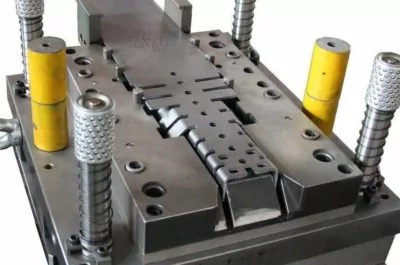How Sheet Metal Forming Shapes the Future of Architectural Design

The world of architecture is undergoing a dynamic transformation, driven by innovative materials and advanced fabrication techniques. Among these, sheet metal forming stands out as a cornerstone of modern architectural design, enabling breathtaking structures and sustainable solutions. At the forefront of this revolution is Xilici Company (XLC), a leading provider of sheet metal forming services that empower architects, builders, and developers to realize their boldest visions.
The Evolution of Sheet Metal Forming in Architecture
Sheet metal forming has a rich history, but its role in architecture has expanded dramatically in recent years. Traditionally used for roofing and cladding, sheet metal is now celebrated for its versatility, durability, and aesthetic potential. Modern forming techniques allow for the creation of complex curves, intricate patterns, and seamless joints, all of which contribute to the unique visual identity of contemporary buildings.
- Enhanced design flexibility
- Improved structural performance
- Greater sustainability through recyclability

XLC leverages state-of-the-art forming technologies, including CNC bending, laser cutting, and hydroforming, to deliver precision-crafted components for projects ranging from commercial skyscrapers to bespoke residential homes.
Why Architects Choose Sheet Metal Forming
The appeal of sheet metal forming lies in its ability to balance form and function. Architects and designers are drawn to the material for several reasons:
- Customization: Sheet metal can be tailored to meet exact specifications, allowing for signature façades and innovative spatial solutions.
- Lightweight yet strong: Modern alloys offer high strength-to-weight ratios, reducing structural loads and foundation requirements.
- Weather resistance: Metals such as aluminum, stainless steel, and zinc provide long-lasting protection against the elements.
- Low maintenance: Protective coatings and finishes minimize upkeep, lowering long-term costs.
XLC’s expert engineering team collaborates closely with architects to ensure that every formed metal component not only meets structural needs but also elevates the overall aesthetic of the project.
Industry Trends: Sustainability and Digital Fabrication
The architectural sector is increasingly prioritizing sustainability, and sheet metal forming is at the heart of this shift. Metals are inherently recyclable, and advanced forming processes minimize material waste. XLC is committed to green manufacturing, utilizing eco-friendly practices and sourcing materials from responsible suppliers.
Another major trend is the integration of digital fabrication. Building Information Modeling (BIM) and computer-aided design (CAD) tools enable precise planning and simulation, reducing errors and accelerating construction timelines. XLC’s digital workflow ensures seamless transitions from concept to completion, empowering architects to experiment with organic forms and parametric designs that were once impossible to fabricate.
Key Applications of Sheet Metal Forming in Modern Architecture
Sheet metal forming is used in a variety of architectural applications, including:
- Façade systems: Custom-formed panels create dynamic exteriors that reflect light and shadow in unique ways.
- Roofing: Standing seam and interlocking systems provide superior weatherproofing and visual appeal.
- Interior elements: Metal ceilings, wall panels, and decorative features offer a modern, industrial touch.
- Structural components: Formed beams and supports contribute to both the strength and beauty of a building.
XLC’s portfolio showcases a diverse range of projects, from iconic museums and airports to innovative office spaces and luxury residences. Each project demonstrates the transformative power of sheet metal forming in architectural design.
Industry Insights: Challenges and Opportunities
While sheet metal forming offers remarkable benefits, it also presents certain challenges. Precision is paramount; even minor deviations can impact fit and finish. Material selection and forming technique must be carefully matched to the project’s requirements. XLC addresses these challenges through rigorous quality control, advanced simulation software, and continuous training of its workforce.
The industry is also witnessing a surge in demand for laser cutting and hydroforming. Laser cutting enables intricate patterns and perforations, opening new possibilities for decorative façades and sun-shading systems. Hydroforming, on the other hand, allows for the creation of complex, seamless shapes that enhance both aesthetics and performance. XLC has invested heavily in these technologies, positioning itself as a leader in delivering cutting-edge solutions for forward-thinking architects.
Case Study: XLC’s Impact on Urban Skylines
A recent example of XLC’s expertise is the transformation of a city center with a series of mixed-use towers. Collaborating with renowned architects, XLC provided custom-formed aluminum and stainless steel panels that define the buildings’ striking silhouettes. The use of advanced forming techniques, including laser cutting for intricate façade elements and hydroforming for curved surfaces, enabled the realization of a design that would have been impossible with traditional materials.
- Reduction in construction time by 20% through digital fabrication
- Significant decrease in material waste, supporting sustainability goals
- Enhanced energy efficiency due to high-performance metal cladding
This project exemplifies how sheet metal forming, powered by XLC’s innovation, is shaping the future of urban architecture.

The Future: Parametric Design and Adaptive Architecture
Looking ahead, the synergy between sheet metal forming and parametric design is set to redefine architectural possibilities. Parametric tools enable the creation of adaptive, responsive building envelopes that react to environmental conditions, optimize energy use, and enhance occupant comfort. XLC is actively exploring collaborations with design studios and tech companies to push the boundaries of what can be achieved with formed metal in architecture.
As cities grow and evolve, the demand for sustainable, visually compelling, and adaptable structures will only increase. Sheet metal forming, with its unmatched versatility and performance, is poised to play a pivotal role in this evolution. XLC remains dedicated to supporting architects and builders in their pursuit of excellence, innovation, and sustainability.
Conclusion: Shaping Tomorrow’s Skylines
Sheet metal forming is more than a fabrication method—it is a catalyst for architectural creativity and a driver of industry progress. With its commitment to quality, sustainability, and technological advancement, Xilici Company (XLC) is empowering the next generation of architects to shape the skylines of tomorrow. By embracing the possibilities of laser cutting, hydroforming, and digital design, XLC continues to set new standards in architectural sheet metal forming.
As the future unfolds, one thing is clear: the marriage of innovative forming techniques and visionary design will continue to inspire awe and redefine what is possible in the built environment.
Tags:injection molding,precision machining,custom extrusion,urethane casting
